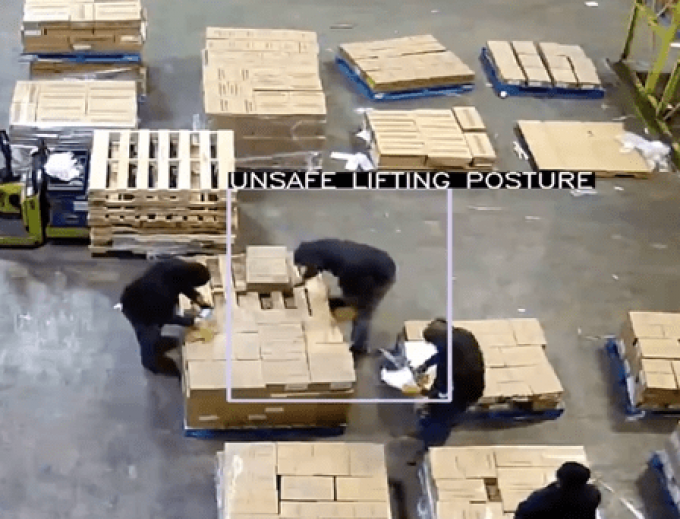TIACA Innovation: Only Look Once to see who's coming
During TIACA’s Innovation days in Silicon Valley last month, organised by Matchlabn, senior delegates from ...
BA: WIND OF CHANGEMAERSK: BULLISH CALLXPO: HEDGE FUNDS ENGINEF: CHOPPING BOARDWTC: NEW RECORDZIM: BALANCE SHEET IN CHECKZIM: SURGING TGT: INVENTORY WATCHTGT: BIG EARNINGS MISSWMT: GENERAL MERCHANDISEWMT: AUTOMATIONWMT: MARGINS AND INVENTORYWMT: ECOMM LOSSESWMT: ECOMM BOOMWMT: RESILIENCEWMT: INVENTORY WATCH
BA: WIND OF CHANGEMAERSK: BULLISH CALLXPO: HEDGE FUNDS ENGINEF: CHOPPING BOARDWTC: NEW RECORDZIM: BALANCE SHEET IN CHECKZIM: SURGING TGT: INVENTORY WATCHTGT: BIG EARNINGS MISSWMT: GENERAL MERCHANDISEWMT: AUTOMATIONWMT: MARGINS AND INVENTORYWMT: ECOMM LOSSESWMT: ECOMM BOOMWMT: RESILIENCEWMT: INVENTORY WATCH

During TIACA’s Innovation days in Silicon Valley last month, organised by Matchlabn, senior delegates from across the air cargo industry met a wide variety of start-ups. The Loadstar is publishing a series of short articles looking at new technologies potentially suitable for the industry.
Start-up: Voxel
Device: site visibility
Voxel uses existing camera infrastructure and adds AI to identify hazards, high-risk activities and operational inefficiencies. It boasts safety monitoring, injury and accident prevention and operational visibility among its benefits.
It is best suited to environments such as warehouses and airports, but it can’t work in the dark, “which is where you tend to get unauthorised activity”, said one airport executive.
Voxel said: “It is camera-system agnostic, and optimised for low bandwidth environments.”
Addressing possible concerns over privacy, Voxel said the software did not have facial recognition abilities, and the system “is not meant to be punitive”.
It pointed to a case study of a large cold storage facility and noted, as an example, that by monitoring the doors, the company was able to reduce temperature loss.
“If we know the rules of the space, we can show what the anomalies are.”
The software is triggered by movement and can then send a message.
“It can detect whether the posture of workers is good, or how often rules are being broken. It can tell how often a door is opened, for example.”
Voxel suggested it could have a use case at an airport, but several airport executives noted that they already had vast banks of cameras, watched by teams of people.
“It may, perhaps, be useful for a larger airport, if you are looking at movement from a trend perspective,” said one. “But I can’t really see the benefit for a smaller airport which already has cameras and staff to watch.”
Use case: warehouses, airports, indoor locations with movement.
Cost: $30,000 to $50,000 per site with 30 to 50 cameras, per year. Or roughly $1,000 per camera per year.
Pros: data collection from movement.
Cons: it already exists to some extent – it’s a fairly simple people-to-tech switch.
Comment on this article